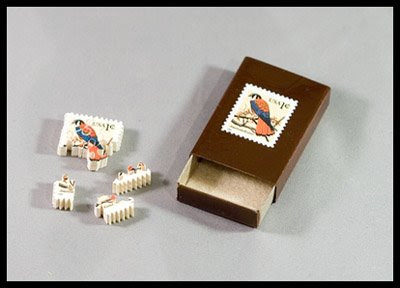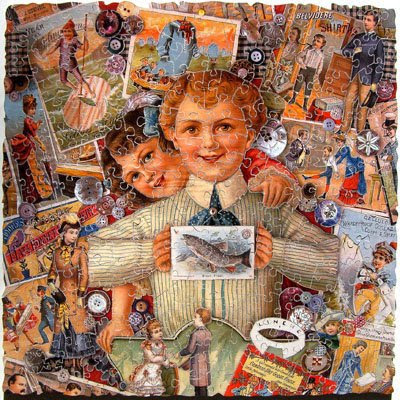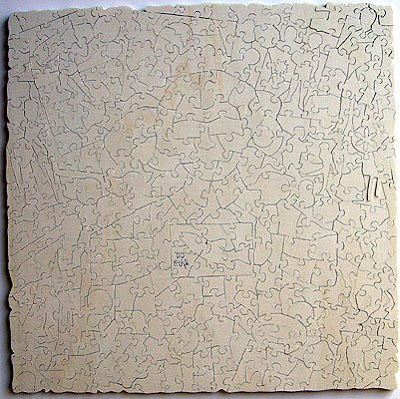 This switch plate is just something I was playing around with. It's a little over the top but I thought I would post it anyway. Hope you enjoy it.
This switch plate is just something I was playing around with. It's a little over the top but I thought I would post it anyway. Hope you enjoy it.Make A Donation
 This switch plate is just something I was playing around with. It's a little over the top but I thought I would post it anyway. Hope you enjoy it.
This switch plate is just something I was playing around with. It's a little over the top but I thought I would post it anyway. Hope you enjoy it. Marshall wrote me an email and needed a small easel to hold 4 inch letters. He is making a special project for his granddaughter. This easel is 6 1/2" tall. It is made entirely from 1/4" stock.
Marshall wrote me an email and needed a small easel to hold 4 inch letters. He is making a special project for his granddaughter. This easel is 6 1/2" tall. It is made entirely from 1/4" stock. Eltee wrote in requesting a switch plate pattern with a bowler. I thought a few others might like to have it also so here it is. These are easy to make and the last time I uploaded some they were very popular.
Eltee wrote in requesting a switch plate pattern with a bowler. I thought a few others might like to have it also so here it is. These are easy to make and the last time I uploaded some they were very popular. Here is a pattern book with six very easy plate patterns. All the plates have a sea theme. You can display them on the included display stand or use an off the shelf stand.
Here is a pattern book with six very easy plate patterns. All the plates have a sea theme. You can display them on the included display stand or use an off the shelf stand.





 Hello everyone. Just a quick pattern for you all to cut. Hope you enjoy this one.
Hello everyone. Just a quick pattern for you all to cut. Hope you enjoy this one.
 A Japanese Zen garden, is an enclosed shallow sandpit containing sand, gravel, rocks, and occasionally grass or other natural elements. The main elements of Zen Gardens are rocks and sand, with the sea symbolized not by water but by sand raked in patterns that suggest rippling water. Plants are much less important (and sometimes nonexistent) in many Zen gardens. Zen gardens are often, but not always, meant to be viewed from a single, seated position. Some Westerners believe that Zen gardens can be used to calm human minds, but they were not intended for such in their native Japanese settings.
A Japanese Zen garden, is an enclosed shallow sandpit containing sand, gravel, rocks, and occasionally grass or other natural elements. The main elements of Zen Gardens are rocks and sand, with the sea symbolized not by water but by sand raked in patterns that suggest rippling water. Plants are much less important (and sometimes nonexistent) in many Zen gardens. Zen gardens are often, but not always, meant to be viewed from a single, seated position. Some Westerners believe that Zen gardens can be used to calm human minds, but they were not intended for such in their native Japanese settings.
 Here is a mini clock pattern for the Ipod Crowd. This pattern requires the 1 7/16" clock insert. Space the layers an inch apart so you get the shadow from the dancers falling on the band.
Here is a mini clock pattern for the Ipod Crowd. This pattern requires the 1 7/16" clock insert. Space the layers an inch apart so you get the shadow from the dancers falling on the band. I am still receiving emails about rodeo patterns so I thought I would post one more. Norm came up with this layered bull rider pattern.
I am still receiving emails about rodeo patterns so I thought I would post one more. Norm came up with this layered bull rider pattern. If anyone would like to have my Woodworker Guy desktop wallpaper, click the links below and let the wallpaper open. RIGHT CLICK the mouse on the picture and select SET AS WALLPAPER.
If anyone would like to have my Woodworker Guy desktop wallpaper, click the links below and let the wallpaper open. RIGHT CLICK the mouse on the picture and select SET AS WALLPAPER.
 Several readers have emailed asking if the Noah's Ark pattern is available. The designer is Philip Lowndes from Great Britain. I emailed him to ask if the pattern was for sale. He said that if he got enough interest in it he would get his templates out and make a pattern. I don't want to post his email on the blog because of spam spiders so here is his website link. You can find his email address at the bottom of his main page.
Several readers have emailed asking if the Noah's Ark pattern is available. The designer is Philip Lowndes from Great Britain. I emailed him to ask if the pattern was for sale. He said that if he got enough interest in it he would get his templates out and make a pattern. I don't want to post his email on the blog because of spam spiders so here is his website link. You can find his email address at the bottom of his main page.

 Norm sent me this nice layered pattern to share with everyone. Norm is still recovering from his accident and is keeping busy designing patterns. Get well soon Norm and thanks for the great patterns.
Norm sent me this nice layered pattern to share with everyone. Norm is still recovering from his accident and is keeping busy designing patterns. Get well soon Norm and thanks for the great patterns. This business card holder from Norm Benjamin will look nice on any executives desk. This should be a nice reminder that after a busy week at work they can unwind with their favorite game.
This business card holder from Norm Benjamin will look nice on any executives desk. This should be a nice reminder that after a busy week at work they can unwind with their favorite game. The rodeo pattern I uploaded the other day was more popular than I thought it would be. Here is another one for you rodeo fans to cut. This one is from Norm Benjamin. He likes designing clocks and he likes rodeo so this one came out real nice.
The rodeo pattern I uploaded the other day was more popular than I thought it would be. Here is another one for you rodeo fans to cut. This one is from Norm Benjamin. He likes designing clocks and he likes rodeo so this one came out real nice. This is a little puzzle you can sit on your desk to challenge visitors. Most people will need a few minutes to put it together. It's easy to make and does not require much wood. I used oak for the puzzle and walnut for the frame.
This is a little puzzle you can sit on your desk to challenge visitors. Most people will need a few minutes to put it together. It's easy to make and does not require much wood. I used oak for the puzzle and walnut for the frame. I've been working on this clock for a while. I think I have it about where I wanted to go with it. I have not cut this pattern yet. I think it is going to need to be at least 1" thick to look right.
I've been working on this clock for a while. I think I have it about where I wanted to go with it. I have not cut this pattern yet. I think it is going to need to be at least 1" thick to look right. This pattern book has a couple stand-up jigsaw puzzles. These are always fun to make They should be cut from 3/4" stock.
This pattern book has a couple stand-up jigsaw puzzles. These are always fun to make They should be cut from 3/4" stock.
 This pattern is a letter opener that has a mini clock insert. The stand is designed to make sure the blade stands up straight.
This pattern is a letter opener that has a mini clock insert. The stand is designed to make sure the blade stands up straight.

 Norm Benjamin wanted to share one of his 2" clock patterns with everyone. This pattern needs a 2" clock insert to complete.
Norm Benjamin wanted to share one of his 2" clock patterns with everyone. This pattern needs a 2" clock insert to complete. Here is an 8" plate pattern. You should use contrasting woods to make the pattern stand out better. The outer rim is 1/4" thick wood. You might need to glue up a panel to get the required 8" diameter. The inner plate should be cut from 1/8" wood.
Here is an 8" plate pattern. You should use contrasting woods to make the pattern stand out better. The outer rim is 1/4" thick wood. You might need to glue up a panel to get the required 8" diameter. The inner plate should be cut from 1/8" wood. I received a request from a rodeo fan for a pattern. Hopefully there are a few other rodeo fans out there that will enjoy cutting this trophy also.
I received a request from a rodeo fan for a pattern. Hopefully there are a few other rodeo fans out there that will enjoy cutting this trophy also. Child's Prayer pattern for Mothers Day or just because.
Child's Prayer pattern for Mothers Day or just because.


